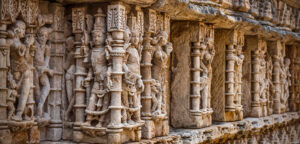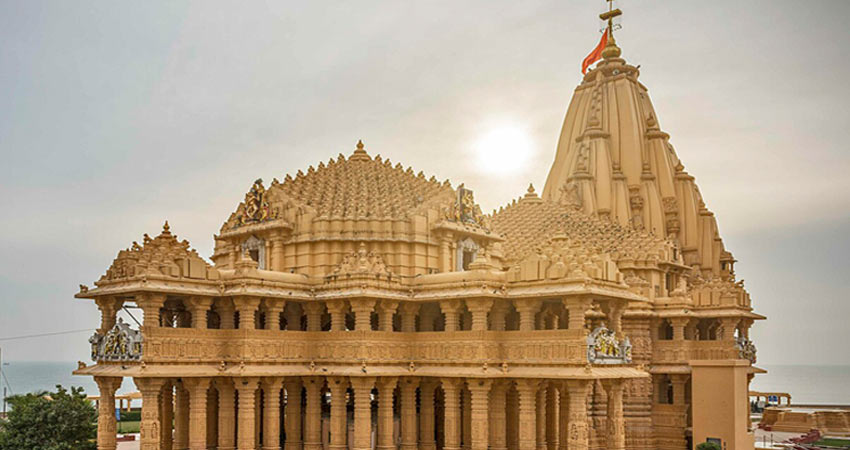- 15
- 3
- 2
- 9
- 12
- 2
- 1
- 9
- 1
- 7
- 12
- 3
Rani ki vav
About the Location
The only true remnant of Patan’s former splendor is the breathtaking Rani ki Vav stepwell. Situated on the banks of the Saraswati River, it is one of the oldest and most exquisite stepwells in Gujarat, boasting remarkable preservation. Visitors descend through multiple levels adorned with intricately carved pillars and over 800 sculptures, primarily depicting themes from the Vishnu avatars, along with striking geometric patterns. The stepwell is designed in the form of an inverted temple, showcasing the exceptional craftsmanship of the era and the unique Maru-Gurjara architectural style. Its sculptures are reminiscent of those found in the Vimalavasahi temple at Mount Abu and the Sun temple at Modhera.

Brief History
Rani ki Vav was constructed in 1063 by Rani Udayamati of the Chaulukya Dynasty to honor her husband, Bhimdev I. According to a 1304 composition by Jain monk Merutunga, Udayamati, daughter of Naravaraha Khangara, built this magnificent stepwell in Patan. The composition states that construction began in 1063 and took 20 years to complete. By the 1890s, when archaeologists Henry Cousens and James Burgess visited the site, it was buried under silt, with only the shaft and a few pillars visible. The stepwell was rediscovered in the 1940s, and the Archaeological Survey of India restored it in the 1980s. Since 2014, Rani ki Vav has been listed as one of UNESCO’s World Heritage Sites.

